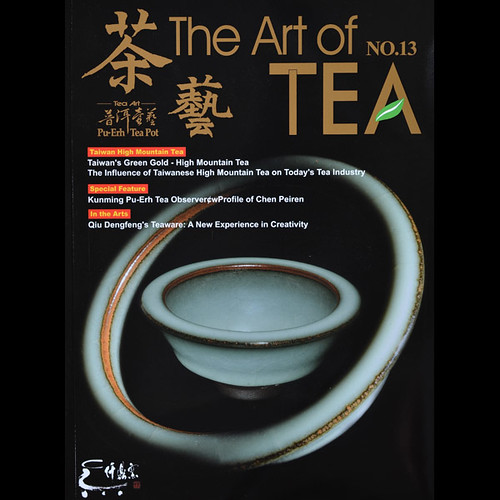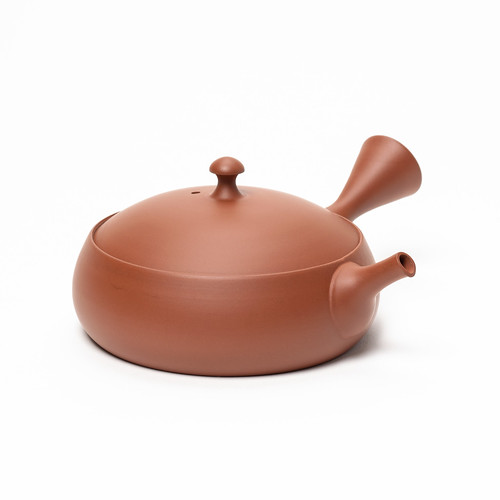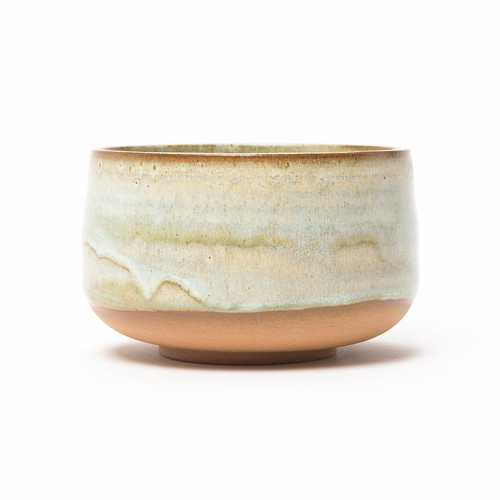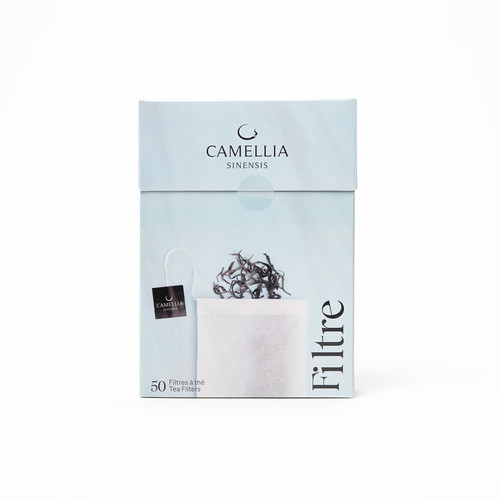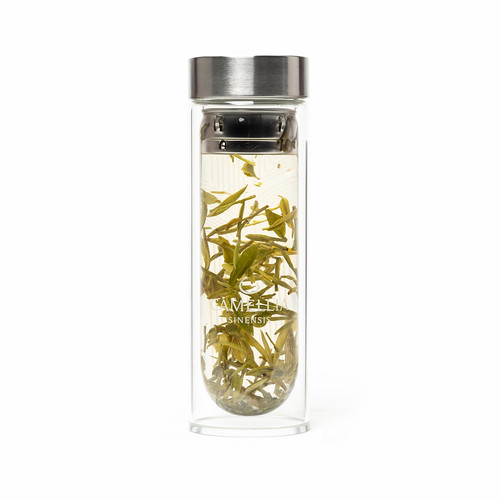
Malawi
It has been over 15 years since I last visited Malawi but the country looked very similar. My first mission was to find some old tea plants that were planted back in the 1880s from seeds sent from England's Kew Gardens to the Blantyre Mission. Two remaining specimens of Africa's oldest plants were rumoured to be still growing here. To my disappointment they had been uprooted only 2 years ago to make way for the corner of a corn field.
Throughout the Chombe region the hills are covered in the tea fields of large estates. The region, as is the case in most of Malawi, is poor, uneducated and economically depressed. The tea estates are mostly owned by big companies with a focus on inexpensive, low grade CTC for the blending market. Arriving in Satemwa Tea Estate, was quite a contrast! Lush, green and very well organized. The Kay family arrived here from Scotland 3 generations ago. Alexander Kay, now in charge, is a highly educated and passionate agronomist. Aside from their big bread winning CTC operation he has been experimenting with other forms of plant breeding and speciality manufacture.
Driving through Satemwa's valleys Alexander shows me indigenous reforestation and habitat preservation projects as well as around 60 experimental clones that he is growing with more fancy flavours in mind. Their assamica plants grow up to one inch per day here in peak season! So high quality is very difficult, though not impossible. The whole estate is very well structured and the garden boasts all different forms of Fairtrade and social responsibility certification. The teas in tasting show great potential and together in the last weeks we have been looking in to some small machines for a new speciality tea department in the factory through my contacts in India.
As yet the White Tea we have just added to our catalogue is Satemwa's best, with a fascinating and very distinct flavour profile, but there is great potential and I intend to follow the progress as he experiments with wulongs and orthodox black teas with his new equipment.
A visit to the Tea Research Institute of Malawi in Mulanje confirmed the possibilities of local china clones with more complex flavour profiles that could also be used for such teas.
Each growing region I visited in Africa this year confirmed my theory that there was great, as yet untapped, cultivar and terroir potential for premium and original whole leaf teas in this beautiful continent.
Kevin
















